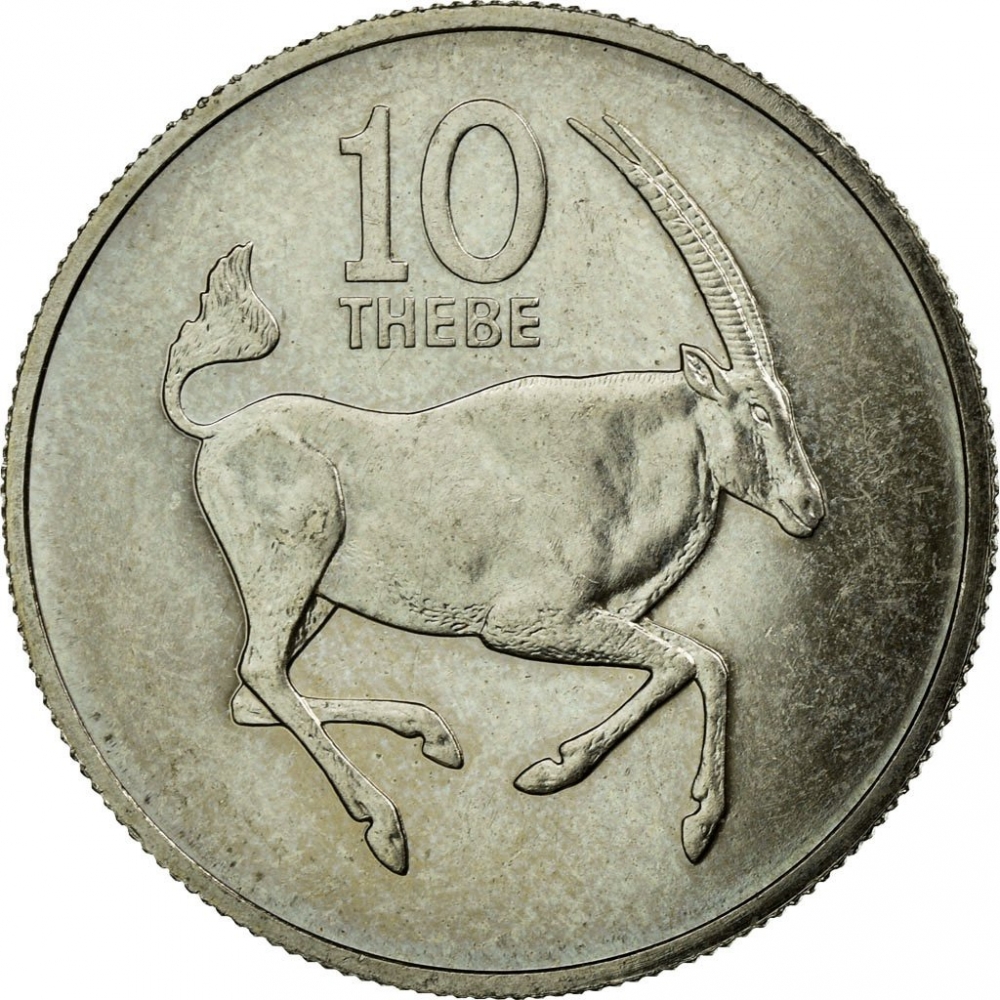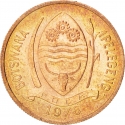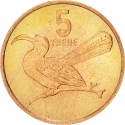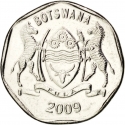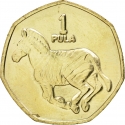You are about to finish your registration. Please check your mailbox (including spam folder). There should be a letter with a confirmation link. Check setting to make sure that your e-mail address is correct.
Send letter againDescription
Engraver: Michael Hibbit
Obverse

|
Botswana coat of arms, surrounded by the country name and the word IPELEGENG, date below. BOTSWANA IPELEGENG |
|---|---|
Reverse

|
Gemsbok, denomination above. 10 |
| Edge |
Characteristics
| Material | Cupronickel |
| Weight | 4 g |
| Diameter | 22 mm |
| Thickness | 1.33 mm |
| Shape |
|
| Alignment | Medal |
| Mint |
Royal Mint
|

